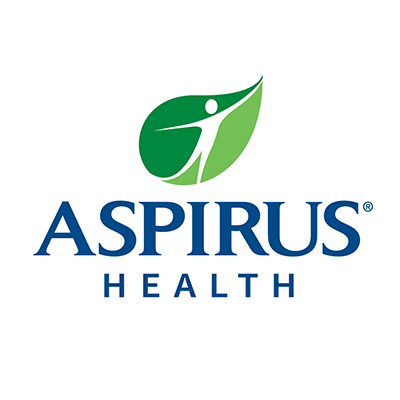Aspirus Health Reminds Residents to Properly Learn CPR
Wednesday, June 8th, 2022 -- 8:25 AM

According to Aspirus Health, you can save a life in your own home by learning a few simple steps.
According to the American Heart Association, over 70 percent of out-of-hospital cardiac arrests happen in homes and only about 40 percent of those receive the immediate help they need.
That is only one of the many reasons to know how to correctly use an AED and perform CPR. National CPR & AED Awareness week is observed June 1-7 each year and serves as an opportunity to highlight the importance of learning these skills.
Quality CPR can double or triple the chance a cardiac arrest victim survives. If you come across someone who has suffered cardiac arrest, check their face and chest to see if they’re breathing.
If there’s no response, call 911 or have a bystander do it for you, then begin hard and fast compressions. The iconic Bee Gees song Stayin’ Alive is helping first responders perform accurate compressions while performing CPR. An ideal CPR rhythm is 100-120 compressions per minute and the song’s beat matches the requirement of quality CPR.
“The key to providing quality CPR is putting the palm of your hand in the center of the person’s chest or chest bone and interlock your fingers, position your shoulders over your hands and begin compressions,” said Shaun Piller, Education Coordinator, Aspirus MedEvac. “If you can begin CPR immediately, the chances of survival improve.”
Don’t worry about rescue breaths as chest compressions alone may still be lifesaving if you’re alone and not trained in CPR. Focus on providing uninterrupted hands-only chest compressions of 100-120 per minute until emergency responders arrive. If you're trained in CPR, follow your protocols until emergency support arrives.
“You don’t have to be a first responder to learn CPR and the first step is to take a short class to become certified,” Piller added. “You never know when those skills will be needed for a family member, friend or loved one.”
You can become certified in CPR by taking a class in person or online. To find a course near you, visit www.redcross.org or cpr.heart.org.
Feel free to contact us with questions and/or comments.




